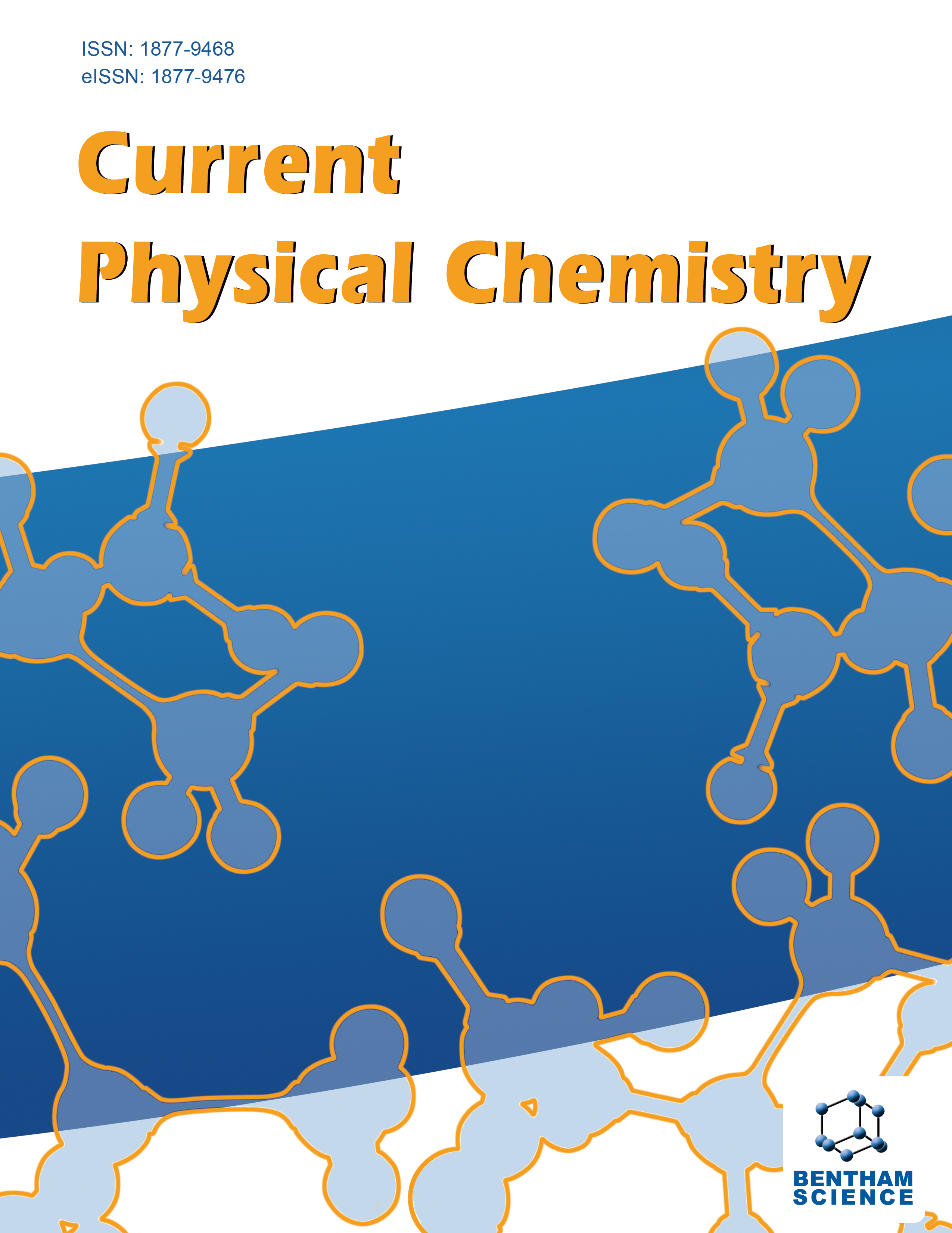-
oa Editorial [Hot topic: New Trends in Photophysics (Guest Editor: Margherita Venturi)]
- Source: Current Physical Chemistry, Volume 1, Issue 3, Aug 2011, p. 167 - 168
-
- 01 Aug 2011
- Previous Article
- Table of Contents
- Next Article
Abstract
Light is an essential ingredient of life as poetically expressed by W. Ostwald [1]: “Life is a water mill: the effect produced by the falling water is achieved by the rays of the sun. Without the sun the wheel of life cannot be kept going”. Light is indeed at the basis of life not only because plants produce oxygen and carbohydrates through a rather complex process known as photosynthesis, but also because it sustains our body through the synthesis of vitamins, is responsible for the object's colours perception, provides work, leisure, psychological equilibrium, and information, affects our alertness, comfort and emotional state, brings architecture, art, and fashion to life. Beside these essential aspects, light is, and will even more be in the future, of great importance for the progress of mankind; exploitation of its properties and its interactions with matter plays, indeed, a fundamental role for the development of science and technology. The interaction of light with matter is a natural phenomenon as old as the world, but photochemistry as a science it is rather young. We only need to go back one century to find the early pioneers of photochemistry. Among them, an important role was played by Giacomo Ciamician, professor of chemistry at the University of Bologna from 1889 to 1922. It is sufficient to read his most famous paper “The Photochemistry of the Future”[2] to understand that he had a lot of original ideas, starting from that of using solar energy in the place of fossil fuels: “Up until now the development of civilization has been based on coal, which is fossil solar energy. It would be much more convenient to use present solar energy, the solar energy that arrives every day on the Earth.” In the same paper there are several other interesting suggestions about the photochemistry of the future, e.g.: “Processes caused by ultraviolet radiations might eventually take place by sunlight, provided that suitable sensitizers were discovered. … It is conceivable that we might make photo-electrical batteries. … By using suitable catalyzers, it should be possible to transform the mixture of water and carbon dioxide into oxygen and methane or cause other endo-energetic processes. …Photochromic substances might be used very effectively; …the dress of a lady, so prepared, would change its colour according to the intensity of light…”. Although most of Ciamician's predictions have not yet been achieved, in the last decade the progress concerning the interaction between light and matter has been outstanding. Light is made of photons which are at the same time energy quanta and information bits. All the natural phenomena related to the interaction between light and matter and the great number of applications of photochemistry in science and technology can ultimately be traced back to these two aspects of light. Living examples of this double-faced nature of light are provided by the two most important photochemical processes taking place in the biological world: photosynthesis and vision. Understanding the interaction between light and molecules, together with the progress in chemical synthesis, has led to the point where one can conceive artificial photochemical molecular devices and machines capable of using light as an energy supply (to sustain energy-expensive functions and/or to induce extensive conformational changes) or as an input signal (to be processed and/or stored). These systems, the construction and the working mechanisms of which are based on the concepts of supramolecular chemistry [3] and photochemistry [4], are fundamental for the development of nanotechnology. Such a new approach to technology is capable of exploiting the “plenty of room at the bottom” [5] offered by the nanometer world of molecules..........


